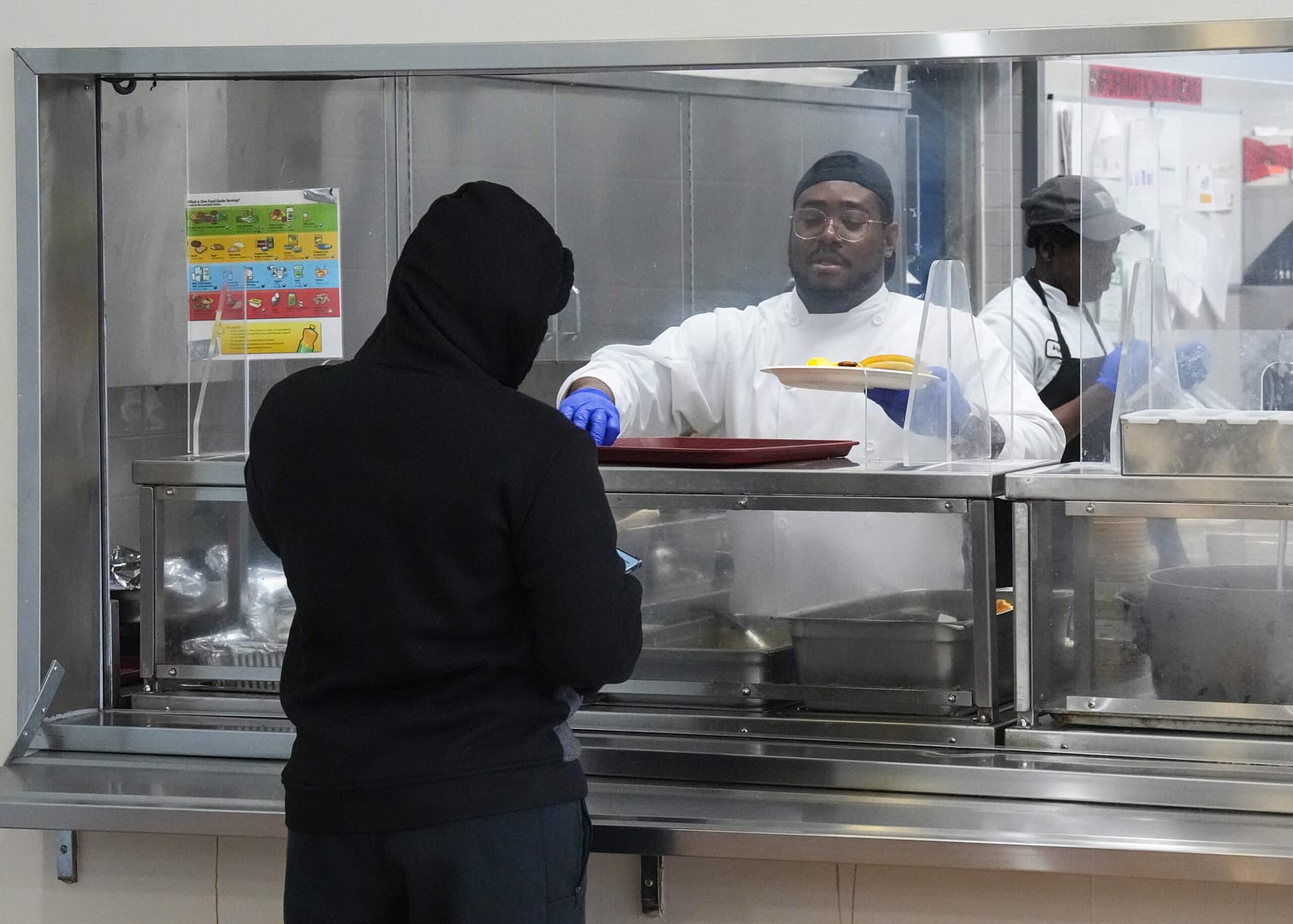The emigration process known as “flagpoling” was formally ended as of nightfall on Monday, according to a press release from the Canada Border Services Agency. Flagpoling occurs when foreign citizens who are temporarily residing in Canada leave the country and re-enter to access immigration service at a port of entry, according to the CBSA. The company said work and study enables will no longer be provided to flagpolers at a port of entry, successful Dec. 23 at 11: 59 p. m. northeast. According to the CBSA hit release,” This process has taken up considerable resources at the border, diverting Canadian and American soldiers absent from crucial enforcement actions and has increased the wait times for cross-border travelers.” This has become a really common trend in recent years, according to Manan Gupta, a controlled American immigration consultant based in Brampton, Ontario. ” If anyone gets a job offer and they have to begin shortly, they often resort to flagpoling to obtain same-day card service”, he said. Essentially, when flagpoling, a person exits Canada and reports to U. S. border officials, indicating that they intend to return to Canada and not to remain in the United States. The CBSA can then consider the applicant’s application for the immigration service they are looking for once they have reached the Canadian point of entry. ” They can simply tell the U. S. border agent that you don’t have a U. S. visa and they will turn you around before you can enter the U. S. You could then enter Canada, where CBSA agents would process your application”, Gupta said. When border traffic prevented the flow of goods and people, U.S. Senate Majority Leader Chuck Schumer called on the Canadian government to end the practice on its side of the border in May of this year. According to Gupta, applicants turn to flagpoling as a “last resort” because of the lengthy wait times for Canadian visa processing. 2: 05
Canada commits$ 1.3B to tighten border security after Trump tariff threatTrending Now
Quebec fugitive killed in Mexican resort town, RCMP say
Engineer who worked on the technology he helped create and raised legal concerns has passed away.
As of December 17, there were 170 days for the average processing time for a work permit in Canada, and there were 9 weeks for the average wait time for a student permit. Before Tuesday, there was nothing illegal about this behavior, but it shows the system wasn’t working well when wait times were so long, according to Gupta. applicants who attempt to apply for a work or study visa at Canada-U. U.S. border immigration officials will be required to submit their applications. Gupta welcomed the government’s decision to end the move. ” This was creating a two-tiered immigration system. Why should the wait times for different people be different each year?” Every year, thousands of people flagpole at Canadian entry points, and since 2021, there has been a year-over-year increase,” according to CBSA statistics shared with Global News. As of June 2, a total of 32, 410 people had flagpoled. Last year, 61, 561 used this tactic, which represented a 90 per cent jump from 2022, when 32, 394 people flagpoled at the U. S. Canada borders. In 2021, flagpoling dipped by 34 per cent as non-essential travel across the U. S. Canada border was restricted amid the COVID-19 pandemic. &, copy 2024 Global News, a division of Corus Entertainment Inc.
